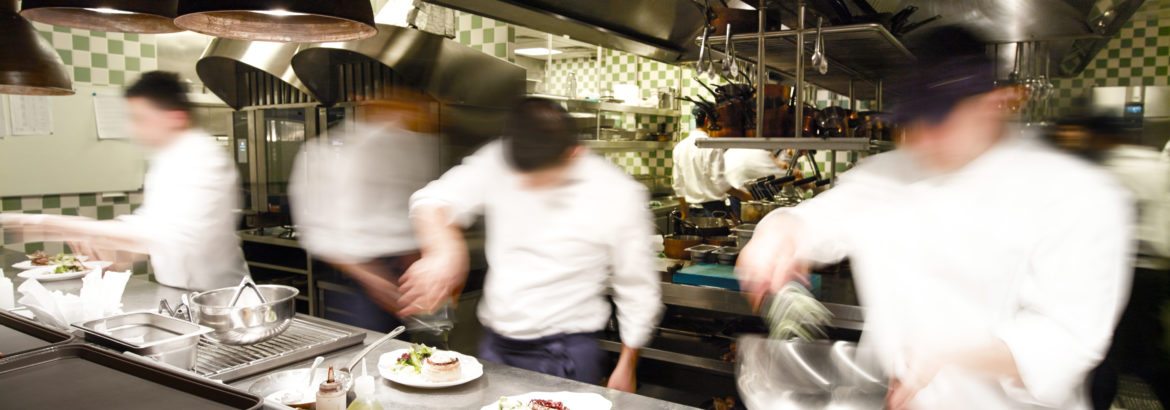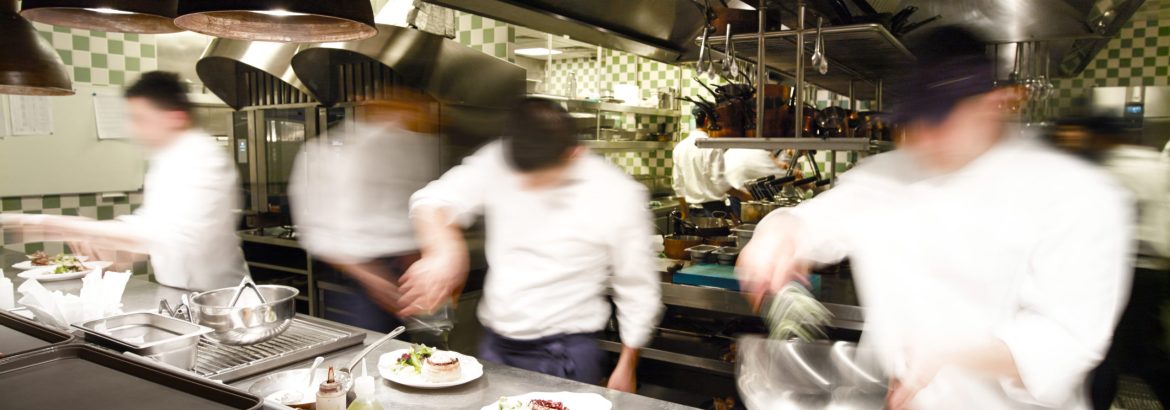Reducing waste across the supply chain is critical for the survival of the industry and the planet. Markon does our part by working with farmers that implement sustainable practices across the board. How can foodservice operators further these efforts?
- Pre-cut saves space, time, money and tastes delicious. Skip the heavy cartons of produce and get straight to plateable portions by ordering Ready-Set-Serve fresh fruit and vegetable products (juices too!).
- First In First Out. A well-trained staff stores delivered orders in the efficient FIFO manner, ensuring Best If Used By dates are met and product doesn’t spoil. Markon supplies free waterproof signage to remind employs about what goes where that can be posted on walk-in doors.
- Cross utilize ingredients to reduce shortages and ensure usage. Today’s menus are more concise and smartly use fewer overall ingredients. Choose products that serve multiple functions and work in different dayparts.
There are so many levels, or steps, to reducing waste throughout the supply chain. At the restaurant level alone there’s the goal of reducing the tonnage trucked, packed, stored, prepped, and thrown in the trash. Developing a comprehensive plan can save both time and money.
- Ready-Set-Serve Salads & Blends. Skip the coring, chopping, mixing, and garbage by replacing full heads of lettuce with our full line of versatile pre-cut lettuces and creative salad blends.
- Never chop a melon again. Why ship heavy fruit that must be peeled, deseeded, cut, and packed when RSS Cantaloupe & Honeydew arrives ready to serve in convenient resealable tubs.
- Don’t waste time with messy kitchen workhorses that get used multiple times per shift. Order what you need in the size and shape you want, including celery, onions, carrots, garlic, and more.




